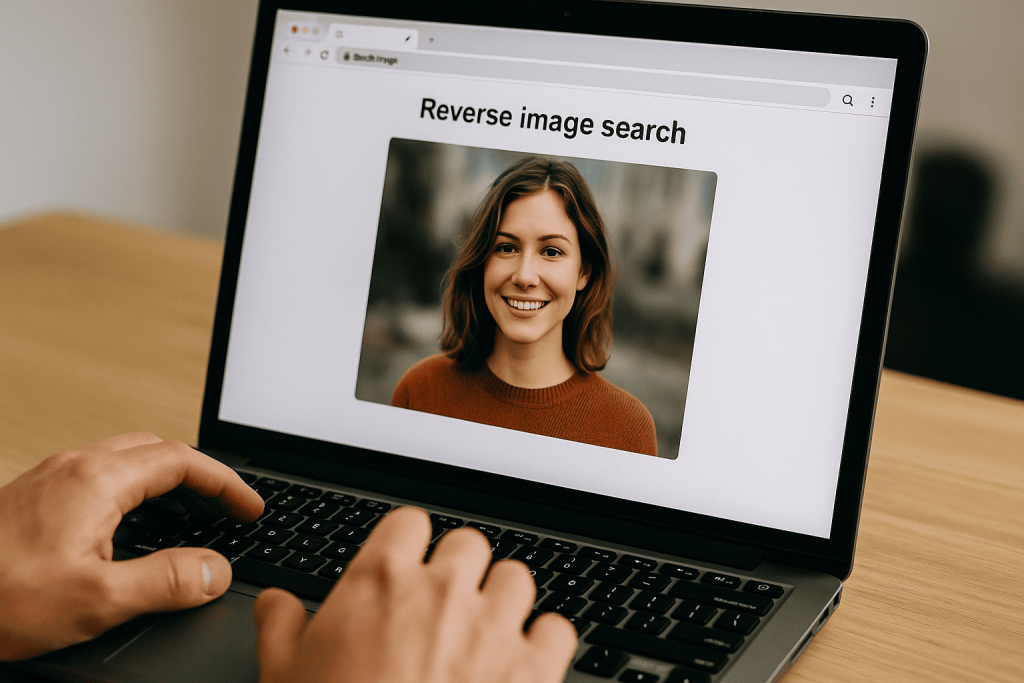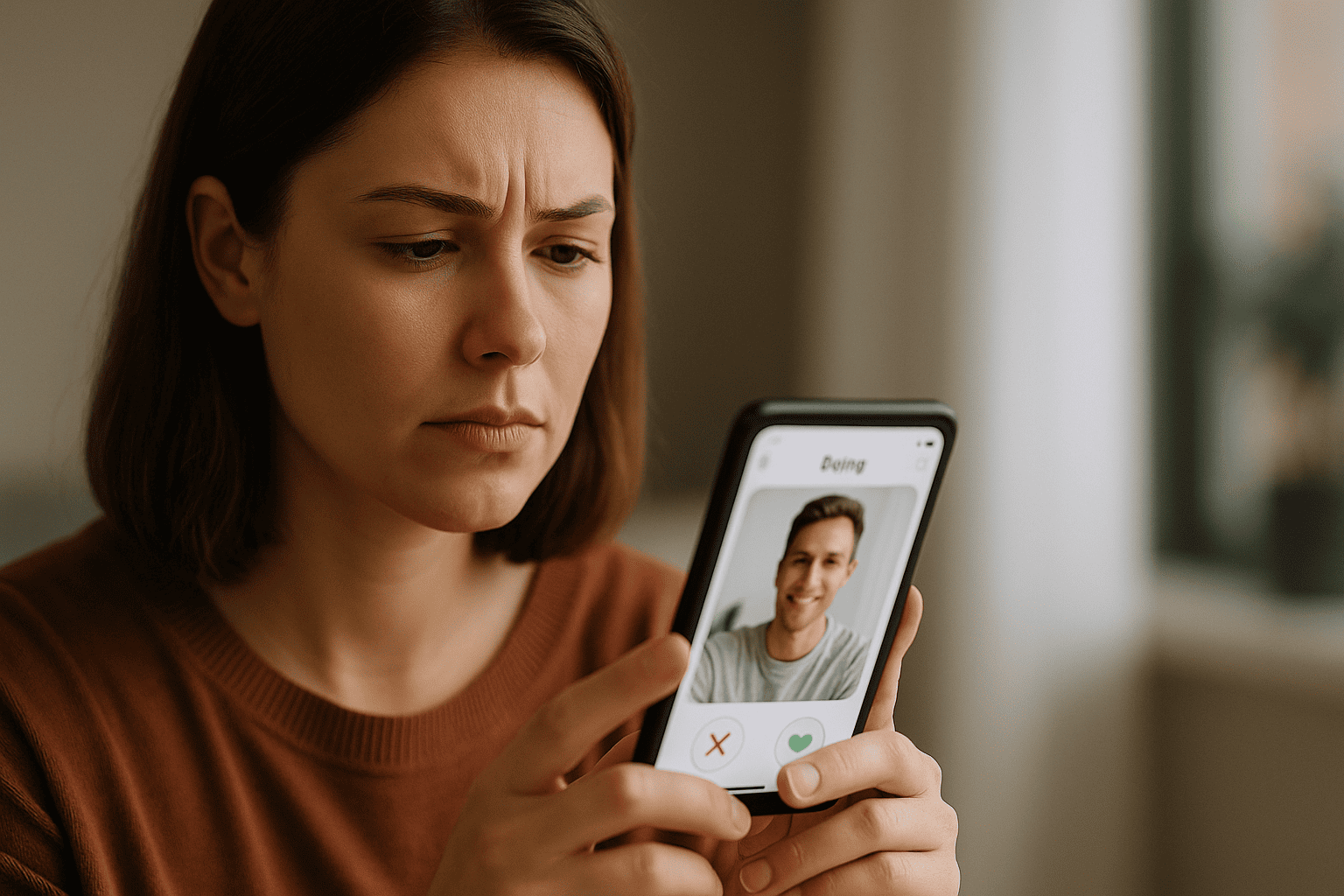Online dating can be exciting and filled with potential, but with that comes risk. One of the most common worries people have is whether someone they are talking to is genuinely who they claim to be. Catfishing, false identities, and manipulated photos are more sophisticated than ever. Verifying if someone is real isn’t about mistrust it’s about protecting your emotional safety and wellbeing. Below are thorough, actionable steps you can follow to confirm authenticity when you connect with someone new online.
Start with the Platform’s Built-in Verification
Many dating apps now offer verification features photo checks, “verified user” badges, even video or ID verification. Opt for apps that provide these tools, and when possible, only connect with people who have been verified. These features aren’t perfect, but they raise the barrier for deceptive behavior. Apps that have strong safety reputations typically enforce verification more strictly.
Do a Reverse Image Search
A simple but powerful tool is the reverse image search. If a profile photo is used elsewhere (stock photo sites, multiple profiles, etc.), that’s a red flag. Right away, you can see if the image appears frequently elsewhere or associated with different names. This often catches people using stolen or generic images. If you find inconsistencies, ask about them sometimes there’s a harmless explanation, but it’s always smart to check.
Ask for Real-Time or Specific Photos / Video Chat
Even high-quality profile photos can be misleading. Asking for real-time photos (for instance, holding up a specific item, wearing a certain color, or doing something current) reduces risk. Better yet, request a video chat. Video calls let you see expressions, hearing their voice, and verifying that the person behaves like someone real not a scripted persona. If it feels awkward for them or they repeatedly decline, that could be a warning sign.
Check Their Social Media Footprint
Most people who are genuine will have some digital presence outside the dating app social media, professional networks, friends/family in photos, past posts. Comparing profile photos, biographical details, locations, names can help spot whether something is off. If someone has no social media, that alone isn’t proof they’re fake but a lack of footprint combined with other warning signs calls for caution.
Look for Inconsistencies in Their Story
Over time, check that their background details are consistent where they say they live, their job, education, travel stories. If little details change or contradict earlier statements (dates, places, names), it may indicate dishonesty. Also watch their writing style major shifts in grammar, spelling, or voice could signal that someone else is operating the profile. Asking gentle questions about past stories can test consistency.

Don’t Ignore Your Instincts and Emotional Responses
Even if everything “on paper” looks fine, sometimes it’s how things feel. Do you feel rushed into emotional intimacy? Does communication seem too perfect or too polished? Do you feel pressured to move outside the app (to phone, payment, personal contact) quickly? Those are common tactics scammers use. If you ever feel out of depth or uneasy, it’s okay to slow down or pause. Your instincts can be an early warning system.
Keep Conversations in the App (At Least Initially)
Staying within the dating app’s messaging system gives you a record, provides built-in safety tools (blocking, reporting), and limits how much personal data you give out. Be cautious when someone tries to move the conversation to private channels immediately often that’s because they want to avoid oversight or accountability.
Protect Sensitive Information
Never share financial details, home address, workplace specifics, or other deeply personal identifiers until you’ve verified the person and feel confident in the relationship. Even sharing photos can carry risk (geotagging, revealing background info). Be cautious with anything you provide; misuse of personal info is a common lie and manipulation vector.
Use Trusted Third-Party Verification Tools
There are identity verification services, background check services, and even reputation services that let you look up someone’s name, phone number, or other digital identity cues. These can be especially helpful in spotting mismatches or confirming identity when red flags appear. If possible, see if the other person is comfortable with sharing something verifiable this tends to test their integrity.
Take Your Time
Real authenticity nearly always shows up over time. How someone interacts over weeks do they show consistency, follow through with plans, align their words with actions these are stronger indicators than high emotion or pressure early on. Real people make mistakes, yes but liars tend to have too-perfect stories, too much pressure, and often avoid transparency. Patience helps you distinguish.


